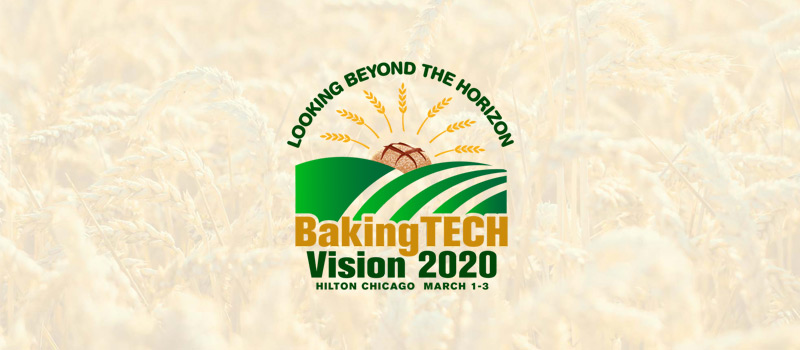BakingTECH 2020
MarchMar 01 2020 08:00 - MarchMar 03 2020 17:00 UTC

BakingTech is the baking industry's leading technology conference and exposition. ASB's annual conference offers technical solutions, insight and experience. Over 1,300 baking professionals participate in a number of venues where knowledge and information is shared.
Attend 30 innovative technical presentations. Meet with over 200 equipment and ingredient suppliers. Participate in professional workshops and luncheons. Attend the Leadership Discussion where you can hear it first from the experts.
-
BakingTech 2020 Program ChairOrganizer of BakingTECH 2020Jay Hardy, J&K Ingredients
-
ASB ChairmanOrganizer of BakingTECH 2020John Mulloy, 151 Foods
-
BakingTech 2020 Session ChairsOrganizer of BakingTECH 2020Cindy Chananie, Erika-Record, LLC; Samantha DelGhingaro, Brolite Products; Kayla Dinkel, Hostess Brands; Linda Dunning, DuPont Nutrition & Health; Delia Justable, Forbo Siegling, LLC; Rebecca Miller-Regan, Kansas State University
Event expired
Event is in progress
Location
Hilton ChicagoDirections
Could not find route!
Location Details
720 S. Michigan Ave. Chicago, IL 60605
-
Schedule
-
Guests
-
Attendance
-
Forecast
-
Comments
Weather data is currently not available for this location
Weather Report
Today stec_replace_today_date
stec_replace_current_summary_text
stec_replace_current_temp °stec_replace_current_temp_units
Wind stec_replace_current_wind stec_replace_current_wind_units stec_replace_current_wind_direction
Humidity stec_replace_current_humidity %
Feels like stec_replace_current_feels_like °stec_replace_current_temp_units
Forecast
Date
Weather
Temp
stec_replace_date
stec_replace_icon_divstec_replace_min / stec_replace_max °stec_replace_temp_units
Next 24 Hours
Powered by Forecast.io
